How To Start a Homestead: Step By Step Beginners Guide
Are you itching to escape the chains of modern society and live a life of true freedom? Look no further! Get ready to embark on an extraordinary journey towards self-sufficiency and a more sustainable way of life.
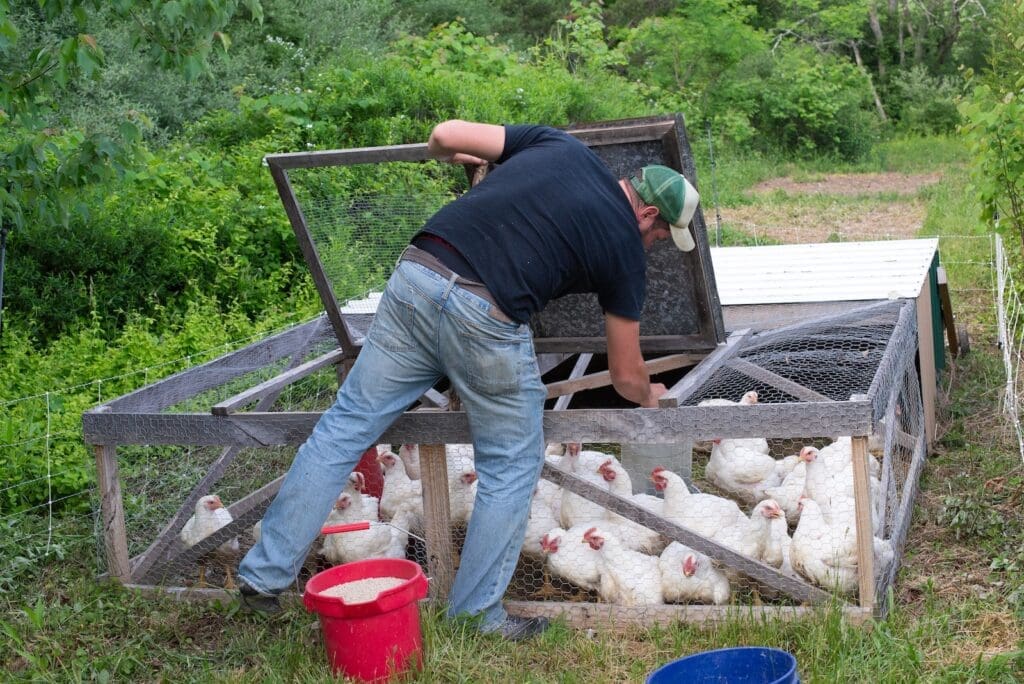
Starting a homestead is the ultimate path to independence. In this step-by-step beginner’s guide, we’ll show you how to start your journey towards your very own homestead, whether you have acres of rural land or just a small patch in the city.
Key Takeaways
- Homesteading is about living a self-sufficient lifestyle and can be practiced in both rural and urban areas.
- Homesteading allows for more self-sufficiency, reduces reliance on outside sources, and promotes sustainable living.
- Essential skills for homesteading include growing food, preserving food, raising livestock, textile skills, and renewable energy.
- Practical considerations for starting a homestead include choosing the right location, creating a budget, starting small, simplifying life, and building a homesteading community.
Choosing the Right Location

To start your homestead journey, it is crucial to carefully choose the right location for your self-sufficient lifestyle. The first step is to consider access to water sources. Look for areas with reliable water supply, whether it’s a well, a nearby stream, or a natural spring.
Think about the climate and the growing season. You want a location where you can grow a variety of crops and raise livestock year-round. Consider the availability of land and its suitability for farming. Look for fertile soil, ample sunlight, and the absence of potential hazards like flooding or strong winds.
Consider the community. Look for a supportive and like-minded community that shares your values of freedom and self-sufficiency. Choosing the right location is the foundation of your homestead, so take your time and make an informed decision.
Creating a Homesteading Budget

When creating your homesteading budget, consider utilizing multiple streams of income to ensure financial stability. Homesteading often requires an initial investment in land, infrastructure, and equipment, so having diverse sources of income can help cover these expenses.
Explore options such as selling excess produce, homemade products, or even offering classes or workshops on sustainable living. Part-time or remote work opportunities that allow you to maintain an income while dedicating time to your homestead is a great option. It’s important to carefully track your expenses and income to ensure you’re staying within your budget and adjusting as necessary.
Remember, financial stability is crucial for maintaining your freedom and independence on your homestead, so be diligent in your planning and take advantage of opportunities to generate income.
Starting Small and Gradually Expanding
As you create your homesteading budget and explore multiple streams of income, it’s important to start small and gradually expand your projects and endeavors. Starting small allows you to gain valuable experience, learn from your mistakes, and make adjustments along the way.
Begin with a few manageable projects that align with your interests and goals. For example, you could start by growing a small vegetable garden or raising a few backyard chickens.
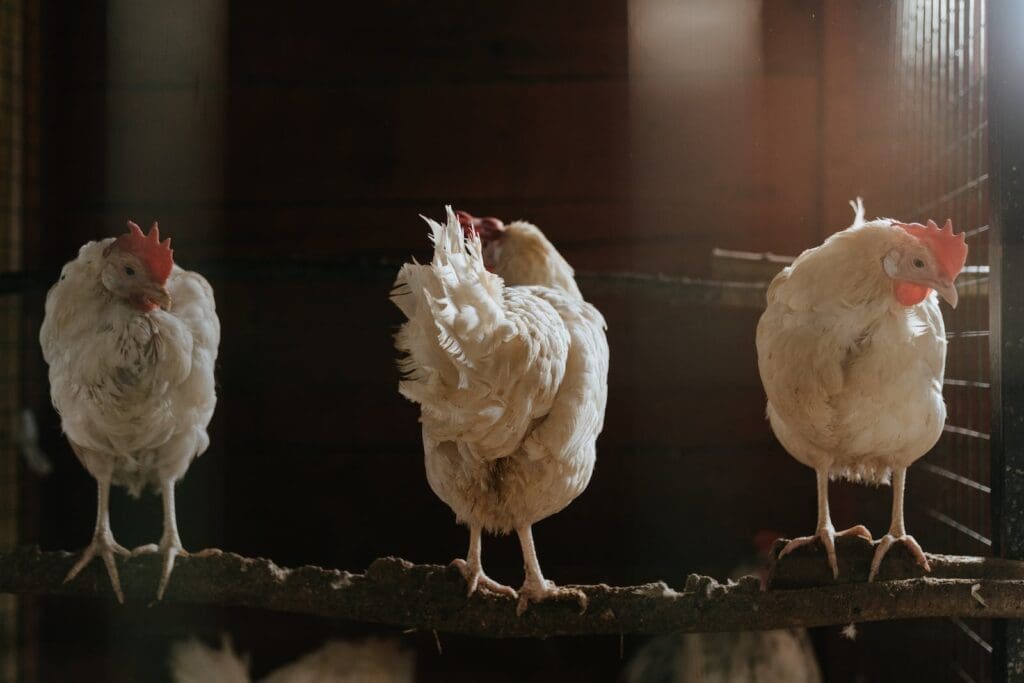
As you gain confidence and knowledge, you can gradually expand by adding more projects or increasing the scale of your existing ones. This approach not only helps you avoid overwhelm but also ensures that you have the necessary skills and resources to succeed.
Remember, homesteading is a journey, and it’s crucial to take it one step at a time, allowing your homestead to grow naturally and sustainably.
Embracing Minimalism and Simplifying Life
Start by decluttering your space and embracing a minimalist lifestyle that focuses on simplicity and reducing unnecessary possessions. Minimalism is all about freeing yourself from the burden of material possessions and embracing a life of freedom and simplicity.
When starting a homestead, it is important to prioritize what truly matters and let go of things that no longer serve a purpose. Take the time to evaluate each item and ask yourself if it brings value to your life or if it is simply cluttering your space.

By simplifying your life, you will not only create more physical space, but also mental clarity and peace. Let go of the excess and embrace the freedom that comes with a minimalist lifestyle.
Mastering Food Preservation Techniques
To master food preservation techniques on your homestead, focus on learning essential skills that will enable you to store and preserve your harvest for long-term use.
Canning
Start by familiarizing yourself with canning, a popular and effective method of preserving fruits, vegetables, and even meats. Invest in canning equipment such as jars, lids, and a pressure canner for low-acid foods.
Dehydrating
Explore the art of dehydrating, which involves removing moisture from food to extend its shelf life. A food dehydrator or an oven set to low temperature can be used for this purpose.
Fermentation
Another valuable technique is fermentation, which not only preserves food but also enhances its flavor and nutritional value. Experiment with fermenting vegetables like sauerkraut or pickles using brine or lacto-fermentation. Kefir is a form of fermentation for milk as well. Although it doesn’t allow it to store longer, it adds many amazing health benefits to your diet!
By mastering these food preservation techniques, you can enjoy the fruits of your labor long after harvest season and ensure a constant supply of nourishing food on your homestead.
Building a Homesteading Community
Building a homesteading community is essential for creating a supportive network of like-minded individuals who can share knowledge, resources, and provide encouragement along your self-sufficient journey. Here are three key benefits of building a homesteading community:
- Collaboration: By connecting with fellow homesteaders, you can pool resources, share equipment, and collaborate on projects. This allows you to achieve more together and save time and money.
- Learning Opportunities: A homesteading community provides the opportunity to learn from each other’s experiences and expertise. You can attend workshops, participate in skill-sharing sessions, and gain valuable insights that can enhance your homesteading skills.
- Emotional Support: Homesteading can be a challenging endeavor, but having a community to lean on can offer emotional support and motivation. When faced with setbacks or uncertainties, you can turn to your community for advice, encouragement, and inspiration.
Exploring the History of Homesteading
As we delve into the history of homesteading, it’s important to understand the origins and evolution of this self-sufficient lifestyle.
Homesteading has its roots in the Homestead Act of 1862 in the United States, which offered free land to settlers willing to develop it. This act encouraged individuals to move westward and create their own self-sustaining farms.
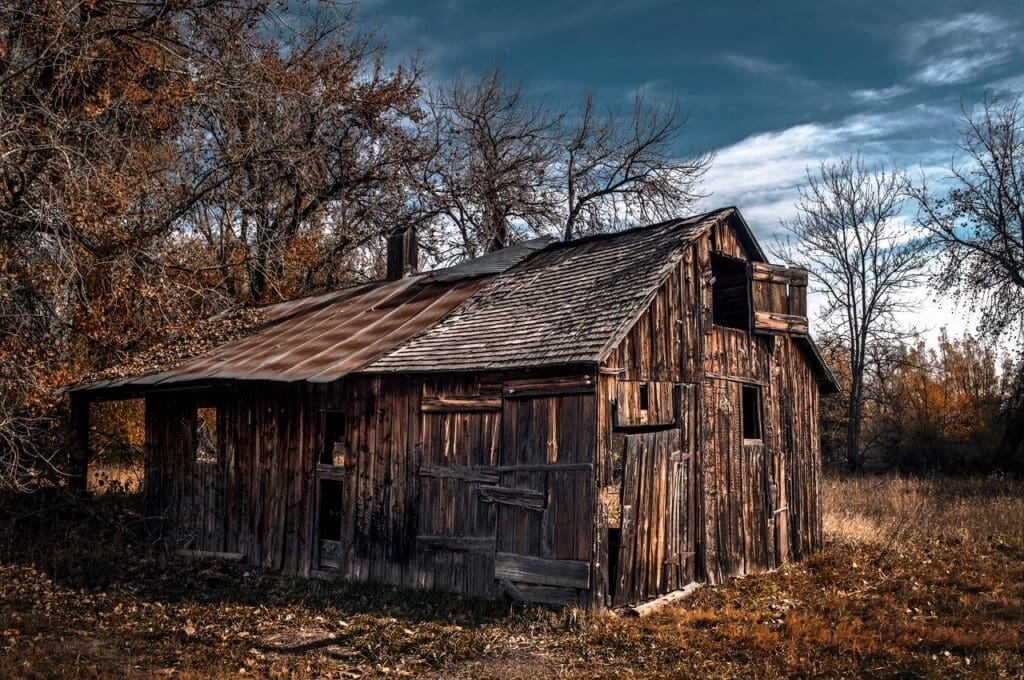
Homesteading played a crucial role in the development of the American West, as pioneers built their homes, cultivated crops, and raised livestock on their newly acquired land. Over time, homesteading has evolved to encompass a broader range of practices, including urban homesteading and sustainable living techniques.
Today, the spirit of homesteading continues to inspire individuals seeking freedom, self-sufficiency, and a deeper connection to the land.
Taking Advantage of Free Land Opportunities

Seize the opportunity to acquire free land and jumpstart your homesteading journey. Taking advantage of free land opportunities can be a game-changer for aspiring homesteaders. Here are three ways to make the most of this chance:
- Research: Start by researching the areas or states that offer free land for homesteading. Look for programs or initiatives that provide land to individuals or families who are willing to develop and improve the property.
- Plan: Once you’ve identified potential locations, create a detailed plan for your homestead. Consider factors like water availability, climate, soil quality, and zoning regulations. This will help you make informed decisions and ensure a successful homesteading experience.
- Act: Take action by applying for the free land program or initiative. Follow the application process and provide all the necessary documentation. Be prepared to demonstrate your commitment to developing the land and living a self-sufficient lifestyle.
Understanding State Regulations and Costs
To successfully start a homestead, you must familiarize yourself with the state regulations and costs associated with your chosen location. Each state has its own set of rules and requirements for homesteading, so it is important to do your research beforehand.
Some states may have restrictions on the types of animals you can raise or the size of your homestead. There may be permits or licenses that you need to obtain in order to legally operate your homestead.
It is also crucial to consider the costs involved in starting and maintaining a homestead. This includes purchasing land, building infrastructure, buying livestock and supplies, and covering ongoing expenses such as feed and utilities.
The Path to Self-Sufficiency
To achieve self-sufficiency on your homestead, you need to focus on developing essential skills and implementing sustainable practices. This path to self-sufficiency involves:
- Learning and mastering essential skills: From growing your own food to raising livestock and preserving food, acquiring these skills will empower you to provide for yourself and your family.
- Adopting sustainable practices: Embracing sustainable practices such as composting, rainwater harvesting, and renewable energy will not only reduce your reliance on outside sources but also minimize your impact on the environment.
- Building a resilient community: Creating connections with like-minded individuals who share your desire for freedom and self-sufficiency can provide support, knowledge exchange, and resource sharing.
Frequently Asked Questions
What Are Some Common Challenges or Obstacles That People Face When Starting a Homestead?
Starting a homestead can be a rewarding journey, but it also comes with its fair share of challenges. Some common obstacles you might face include finding suitable land with access to water sources, building a budget that allows for multiple streams of income, and gradually acquiring the necessary skills for self-sufficiency. Additionally, simplifying your life, preserving food, and building a supportive community are all important considerations. Remember, perseverance and a willingness to learn will help you overcome these challenges and create a thriving homestead.
How Can Someone Balance the Demands of a Homestead With a Full-Time Job or Other Responsibilities?
Balancing the demands of a homestead with a full-time job or other responsibilities can be challenging, but it’s possible with careful planning and time management. Prioritize tasks and create a schedule that allows for both work and homesteading activities. Delegate tasks to family members or neighbors when possible. Utilize weekends and evenings efficiently to tackle essential chores. Remember to take breaks and prioritize self-care. It’s all about finding a balance that works for you and your unique circumstances.
Are There Any Specific Legal Requirements or Permits Needed to Start a Homestead?
Starting a homestead doesn’t require specific permits, but it’s important to research local regulations and zoning laws. You may need permits for certain activities like building structures or keeping livestock. However, don’t let bureaucracy hold you back. Embrace the freedom of homesteading and find creative solutions. Connect with local homesteaders or agricultural extension offices for guidance. Remember, the journey to self-sufficiency is about learning, adapting, and enjoying the freedom of living off the land.
How Do You Handle Emergencies or Unexpected Events on a Homestead, Such as Natural Disasters or Livestock Illnesses?
When facing emergencies or unexpected events on your homestead, it’s crucial to stay calm and prepared. Start by creating an emergency plan that includes evacuation routes and a designated safe area. Keep emergency supplies like first aid kits, food, and water readily available. Regularly check your livestock for any signs of illness and have a veterinarian on speed dial. Stay connected with your local community and join homesteading groups for support and knowledge sharing. Remember, being proactive and having a plan in place is key to handling any situation that may arise.
What Are Some Tips for Maintaining a Healthy Work-Life Balance While Running a Homestead?
Maintaining a healthy work-life balance while running a homestead can be a challenge, but it’s crucial for your well-being. Start by setting clear boundaries between work and personal life. Prioritize self-care and schedule regular breaks. Delegate tasks to family members or hire help when needed. Embrace the freedom that homesteading offers by being flexible with your schedule and finding joy in the simple things. Remember, it’s not just about the work, but also about enjoying the fruits of your labor.
What are the first steps to starting a homestead vegetable garden?
The first steps to starting a homestead garden include choosing the right location with adequate sunlight, preparing the soil by removing weeds and adding compost, and deciding on which vegetables to grow. It’s important to research the specific needs of each plant to ensure a successful starting a homestead garden.
Conclusion
By starting a homestead, you are embarking on an exciting journey filled with opportunities to connect with nature, develop valuable skills, and reduce reliance on outside sources. Embrace the simplicity and joy of homesteading, where you can grow your own food, raise livestock, and create homemade products. Remember, the path to self-sufficiency may have challenges, but with determination and a little creativity, you can create a thriving homestead. Enjoy your journey!
In our kitchen, we only use cultures from Cultures for Health.
Get yours here and start culturing today.
Popular Articles
Newsletter
Get signed up to get latest updates and new information from the Jersey Milk Cow!
This site uses Akismet to reduce spam. Learn how your comment data is processed.


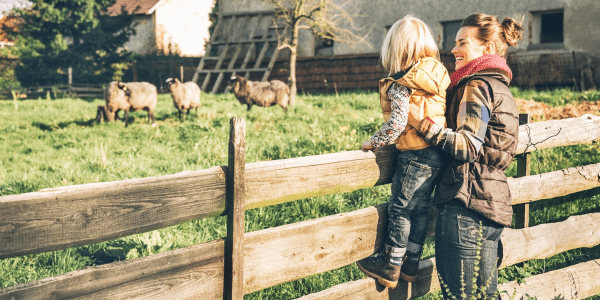
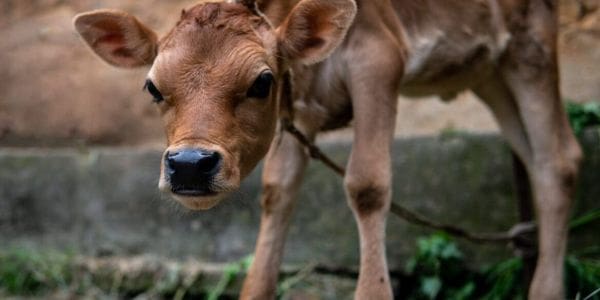
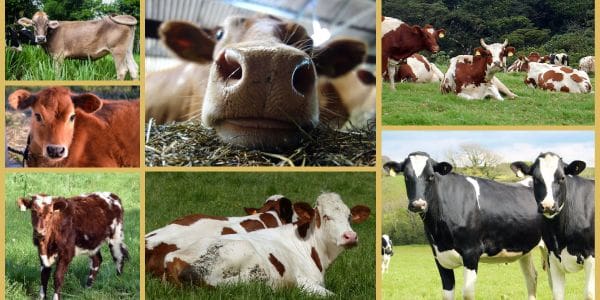
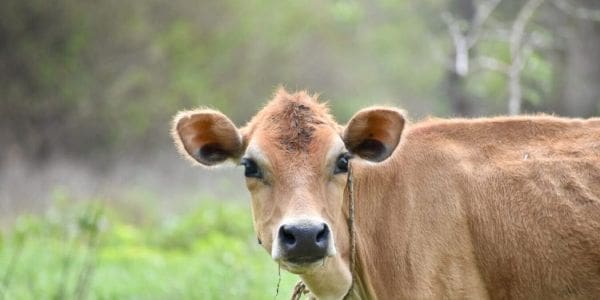






Leave a Reply